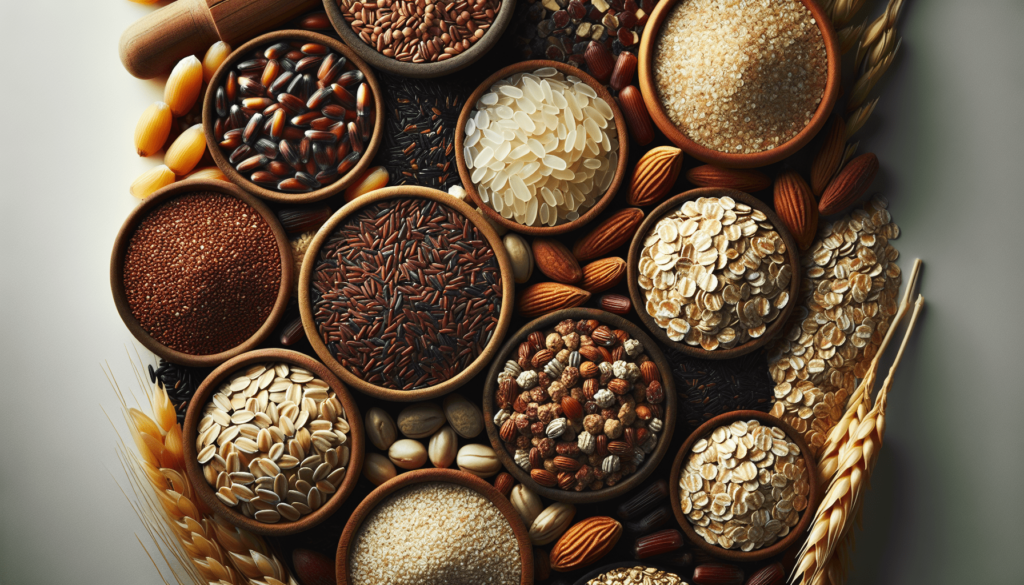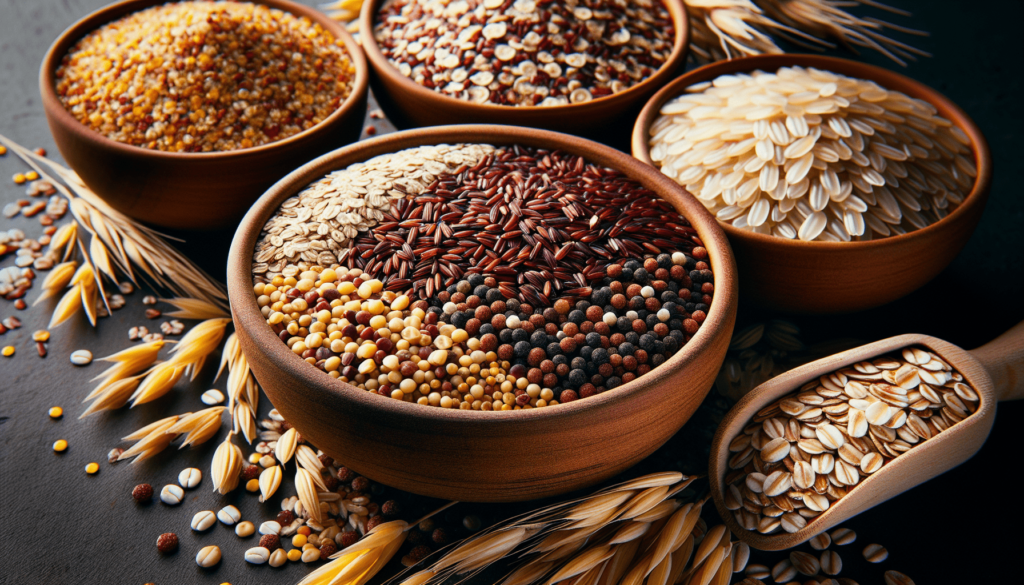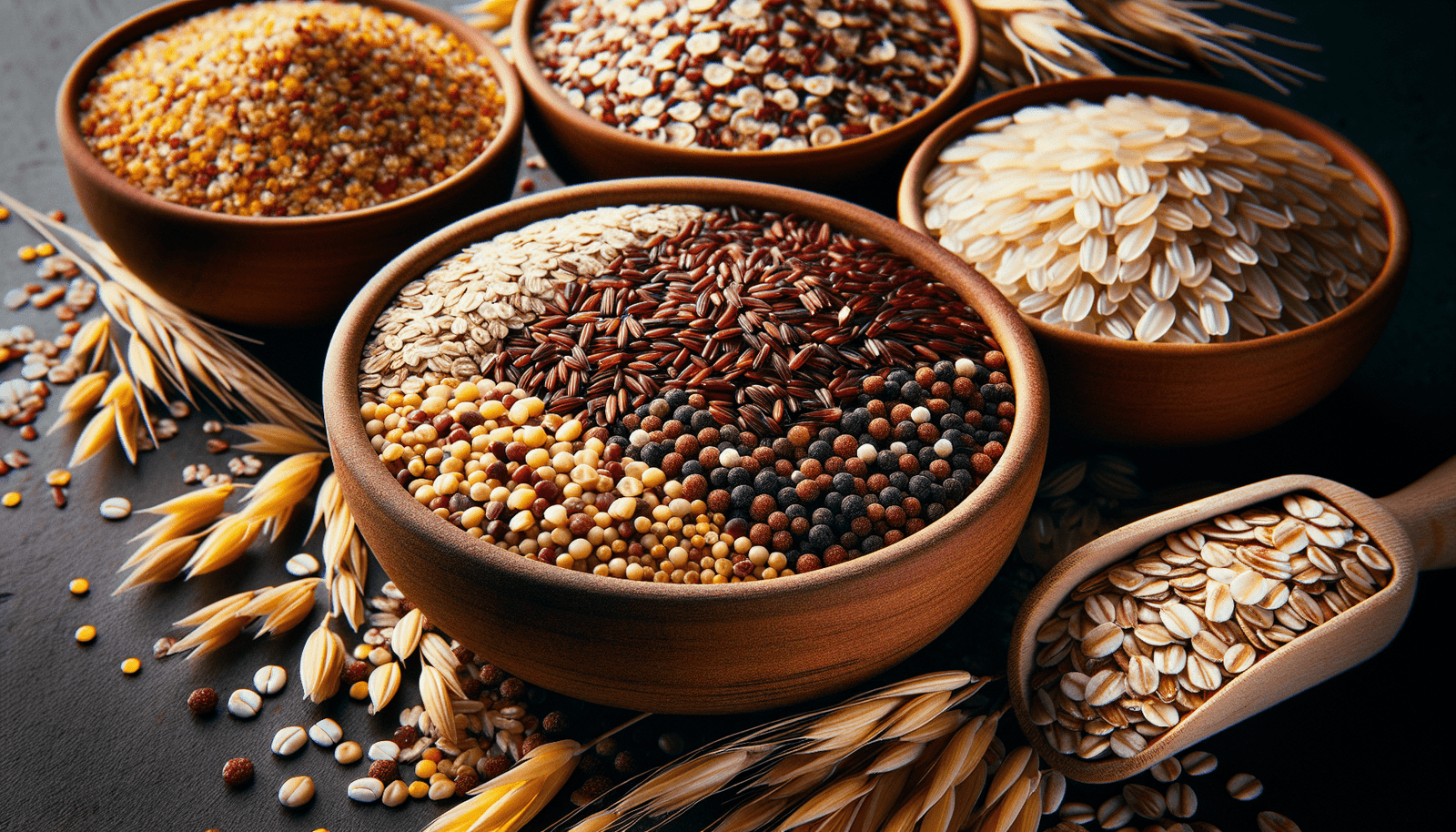Have you ever wondered about the health benefits of whole grains?
Whole grains are a fundamental part of a healthy diet, yet many people may not fully understand their importance. In this article, we will delve into the world of whole grains and why they are considered a healthier choice for your overall well-being.
What are whole grains?
Whole grains are grains that contain all three parts of the grain kernel – the bran, germ, and endosperm. This means that nothing has been removed during processing, maintaining the full nutritional value of the grain. Examples of whole grains include whole wheat, oats, brown rice, quinoa, and barley.
How are whole grains different from refined grains?
Refined grains, on the other hand, have been processed to remove the bran and germ, leaving only the starchy endosperm. This process strips away many of the nutrients found in whole grains, such as fiber, vitamins, and minerals. White bread, white rice, and sugary cereals are examples of refined grains.
The health benefits of incorporating whole grains into your diet
Incorporating whole grains into your diet can provide a wide range of health benefits. Let’s take a closer look at why whole grains are a healthier choice.
Rich in fiber
Whole grains are a great source of dietary fiber, which is essential for maintaining a healthy digestive system. Fiber helps to regulate bowel movements, prevent constipation, and reduce the risk of developing conditions such as diverticulosis and hemorrhoids.
Heart-healthy
Studies have shown that consuming whole grains can lower the risk of heart disease. The fiber and other nutrients found in whole grains help to lower cholesterol levels, reduce blood pressure, and improve overall heart health.
Weight management
Whole grains can play a key role in weight management and maintaining a healthy weight. The fiber content in whole grains helps you feel full and satisfied for longer periods, reducing the likelihood of overeating and snacking on unhealthy foods.
Reduced risk of certain diseases
A diet rich in whole grains has been linked to a reduced risk of developing chronic diseases such as type 2 diabetes, certain types of cancer, and stroke. The nutrients found in whole grains work together to support overall health and well-being.

How to identify whole grains in the grocery store
Navigating the grocery store aisle can be confusing when it comes to choosing whole grain products. Here are some tips to help you identify whole grains and make healthier choices.
Look for the whole grain label
When shopping for packaged foods, look for the whole grain stamp on the packaging. This label indicates that the product contains at least 50% whole grains by weight and is a good indicator of a healthier choice.
Read the ingredient list
Check the ingredient list on the packaging to see if whole grains are listed as one of the first ingredients. Ingredients are listed in order of highest to lowest quantity, so products with whole grains listed near the beginning are likely to be a better choice.
Avoid deceptive marketing terms
Be wary of marketing terms such as “multi-grain” or “made with whole grains,” as these terms do not guarantee that the product is a good source of whole grains. Look for specific mentions of whole grains in the product description.
Experiment with different whole grains
Don’t be afraid to experiment with different types of whole grains in your diet. Try incorporating whole wheat pasta, brown rice, quinoa, or barley into your meals for added variety and nutritional benefits.
Easy ways to add more whole grains to your diet
Now that you understand the importance of whole grains, here are some easy ways to incorporate them into your daily meals and snacks.
Start your day with whole grains
Swap out sugary cereals for whole grain options such as oatmeal, whole grain toast, or whole grain cereal. Add fruits, nuts, or seeds for added flavor and nutrition.
Choose whole grain snacks
Instead of reaching for chips or cookies as a snack, opt for whole grain options such as popcorn, whole grain crackers, or rice cakes. Pair them with hummus, nut butter, or Greek yogurt for added protein and flavor.
Get creative with whole grain recipes
Experiment with different whole grains in your cooking and baking. Try making quinoa salad, whole wheat pizza, barley risotto, or brown rice stir-fry. The possibilities are endless!
Mix and match grains
Combine different types of whole grains in your meals for added texture and flavor. Mix brown rice with quinoa, or whole wheat pasta with barley for a delicious and nutritious meal.

Conclusion
Incorporating whole grains into your diet is a simple yet effective way to improve your overall health and well-being. From providing essential nutrients to reducing the risk of chronic diseases, whole grains offer a multitude of benefits that should not be overlooked. Start making small changes to your diet today by adding more whole grains to your meals and snacks. Your body will thank you for it in the long run!

